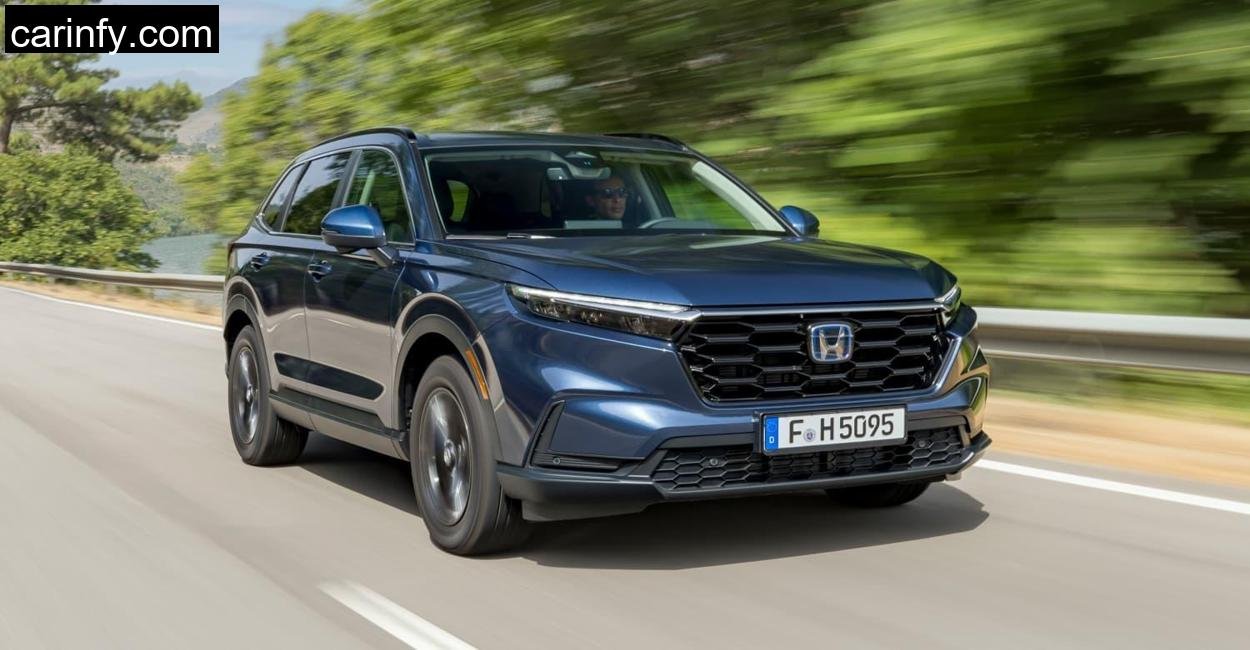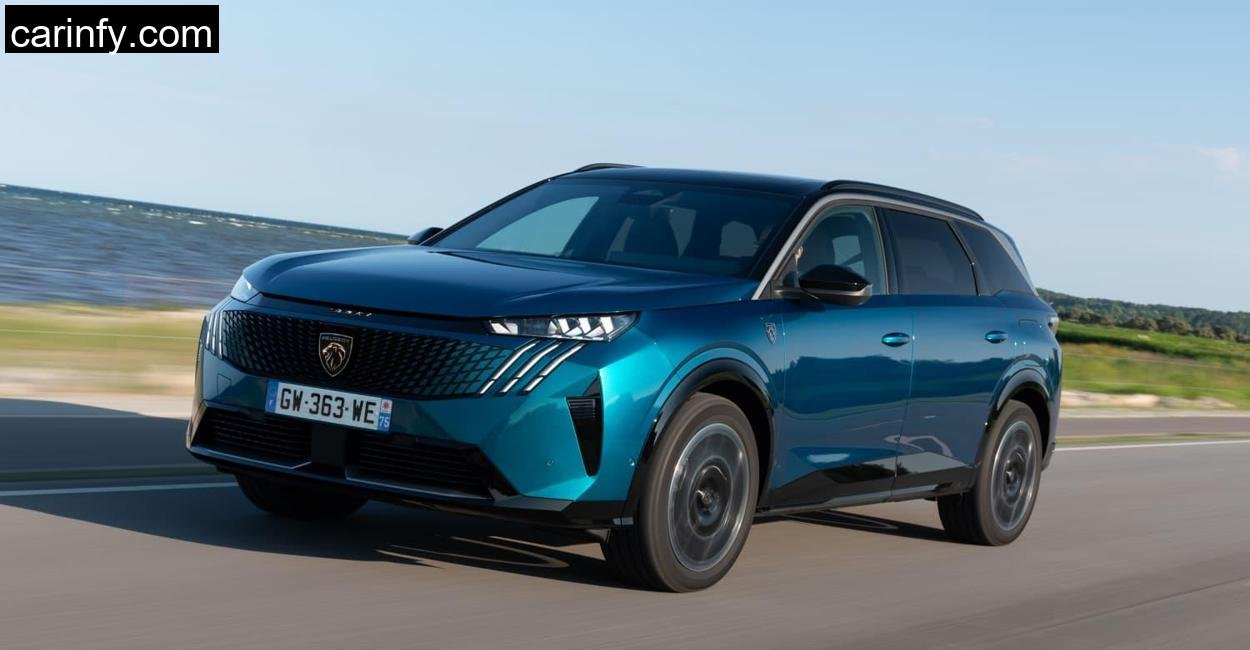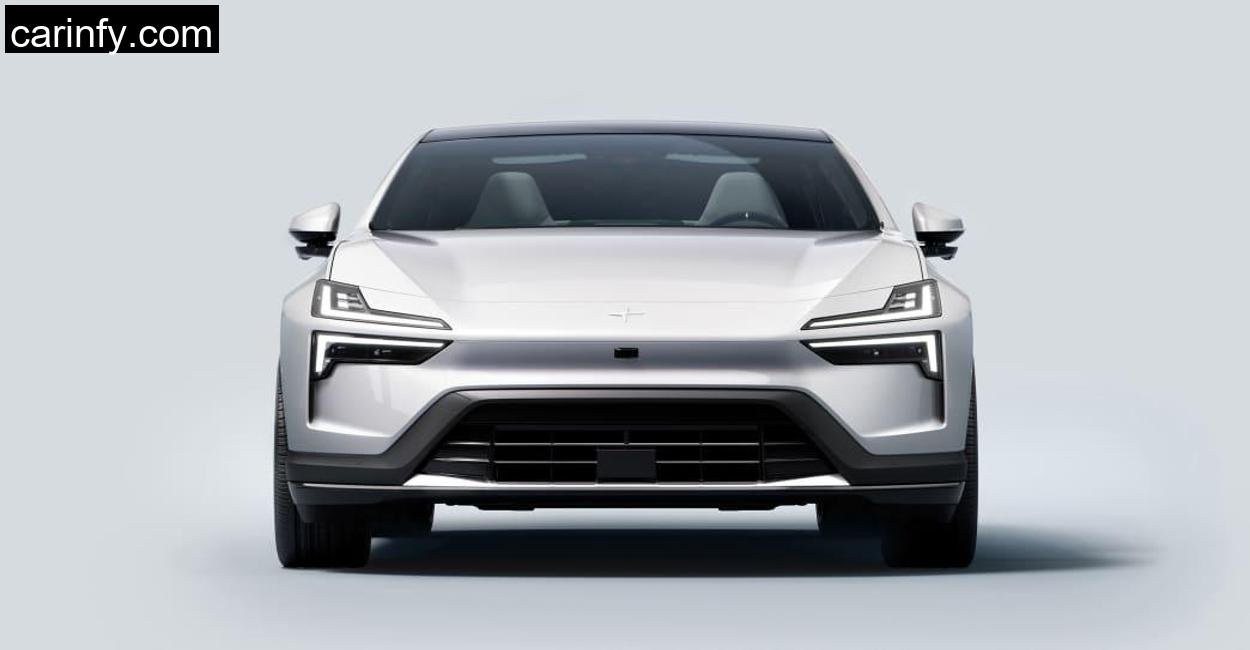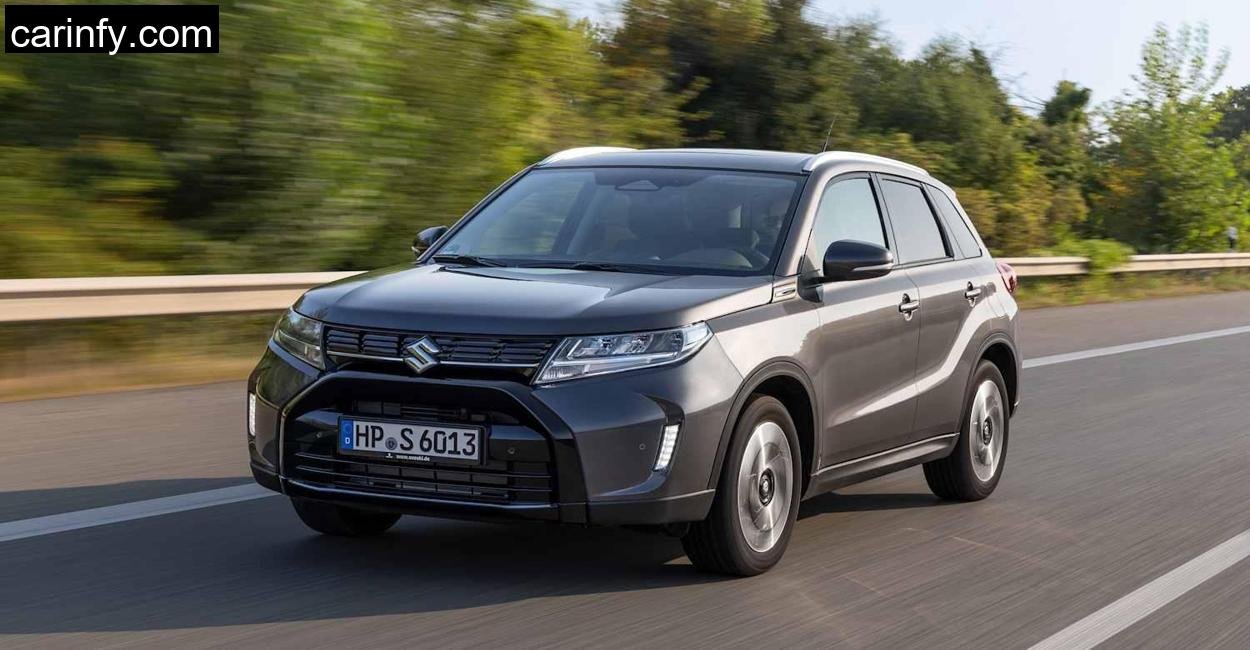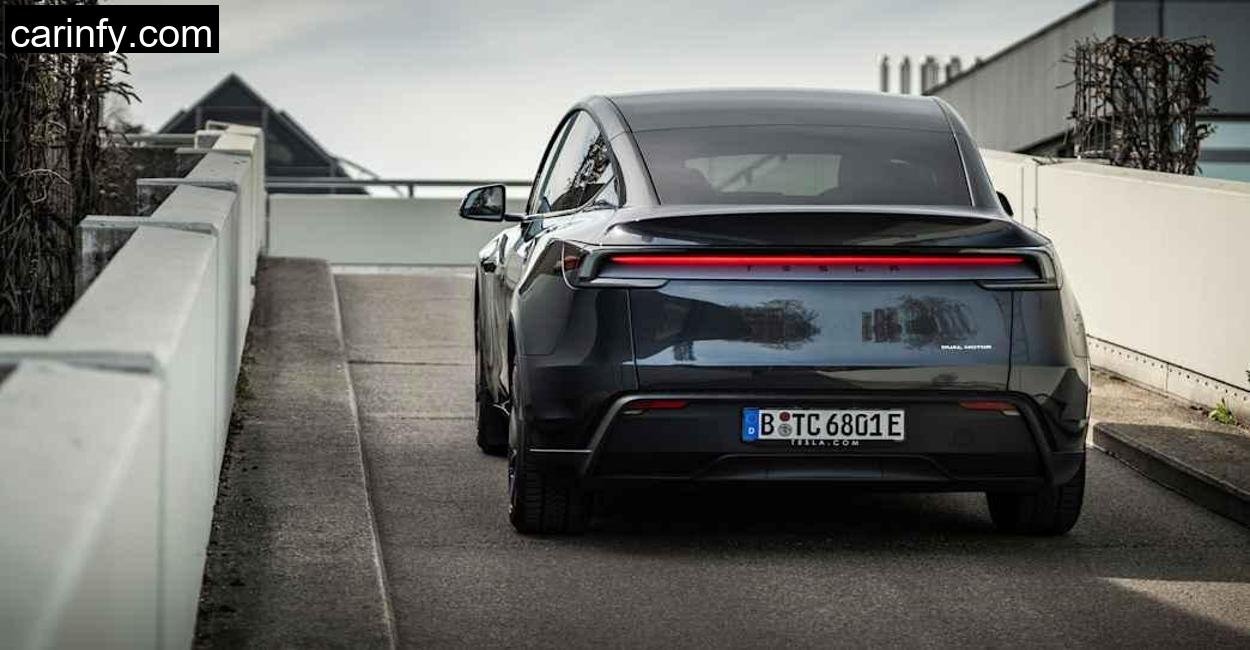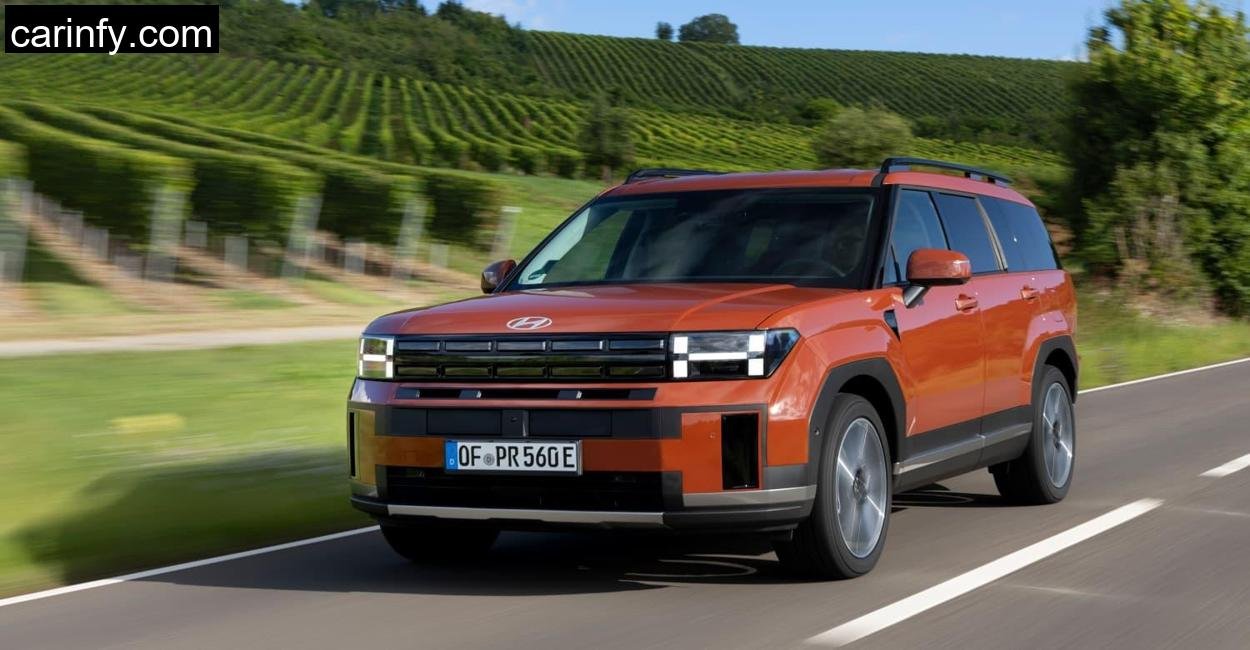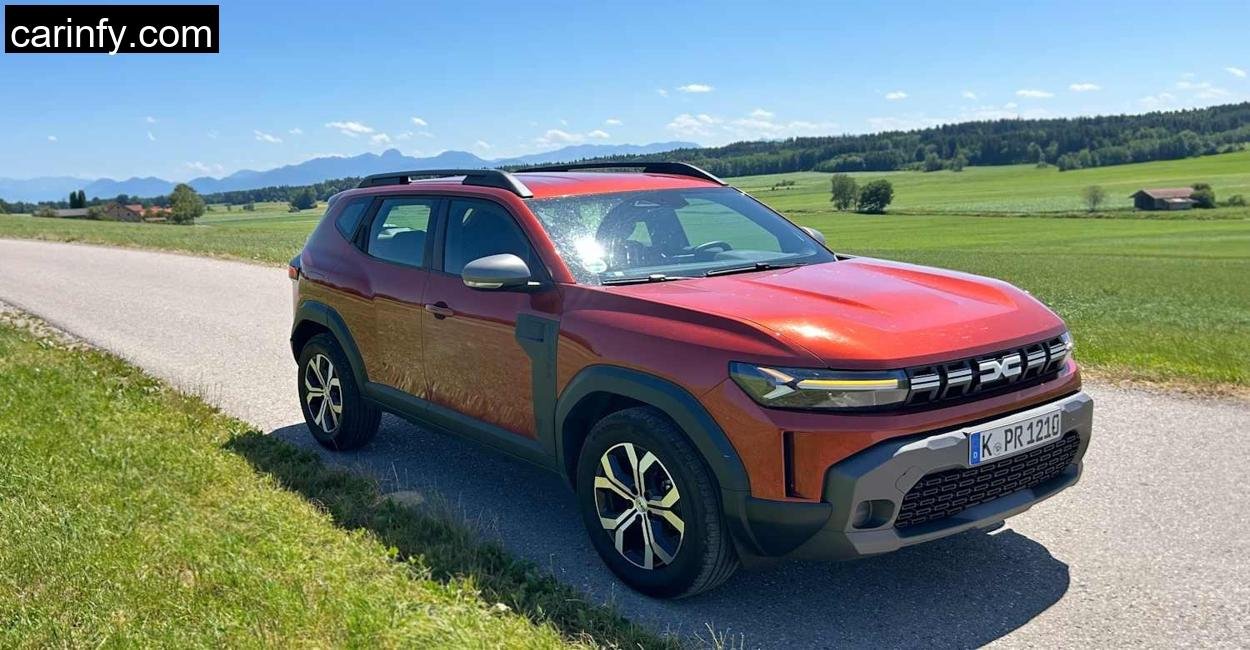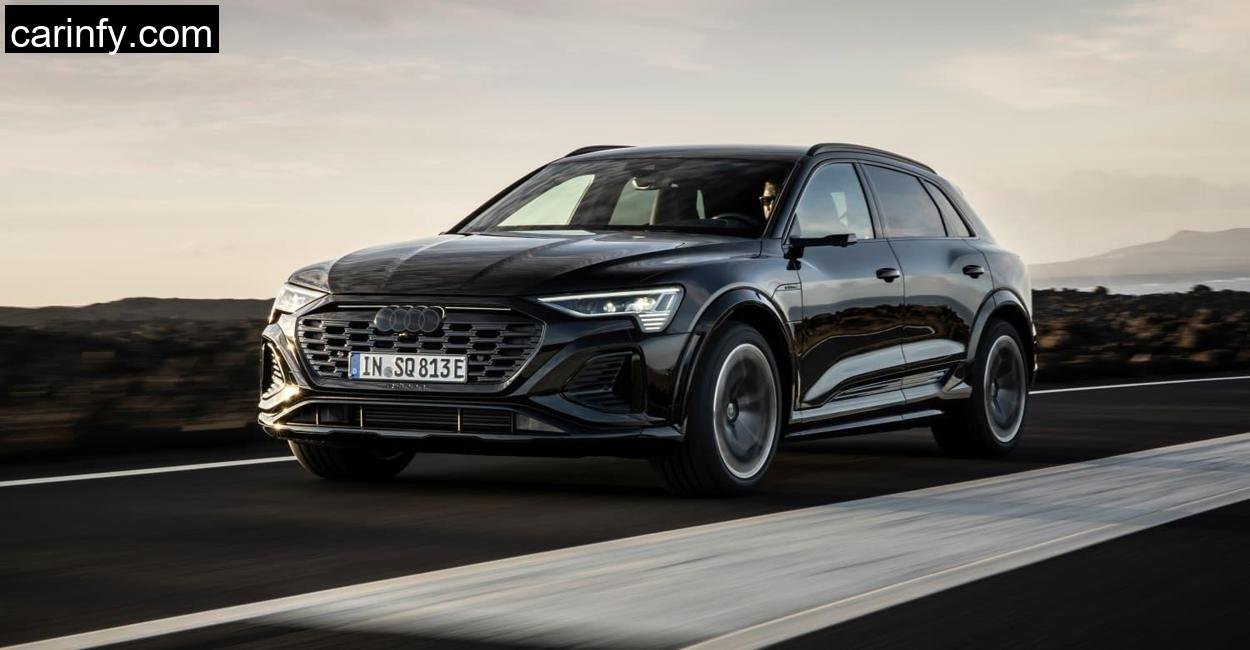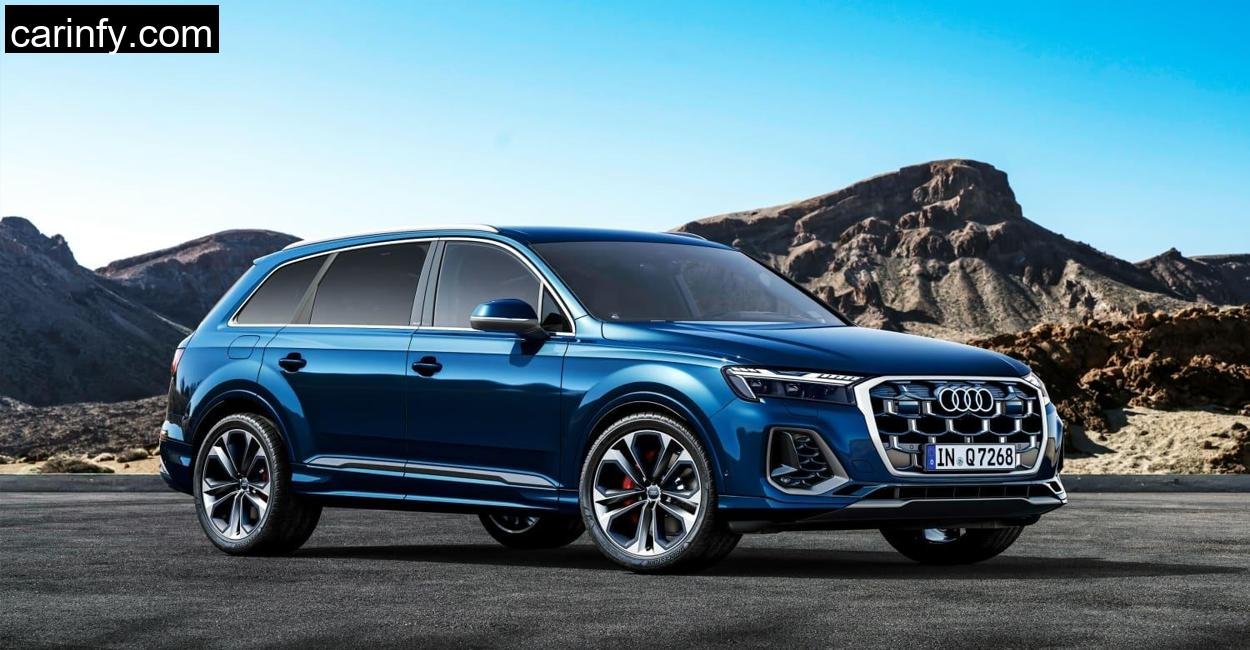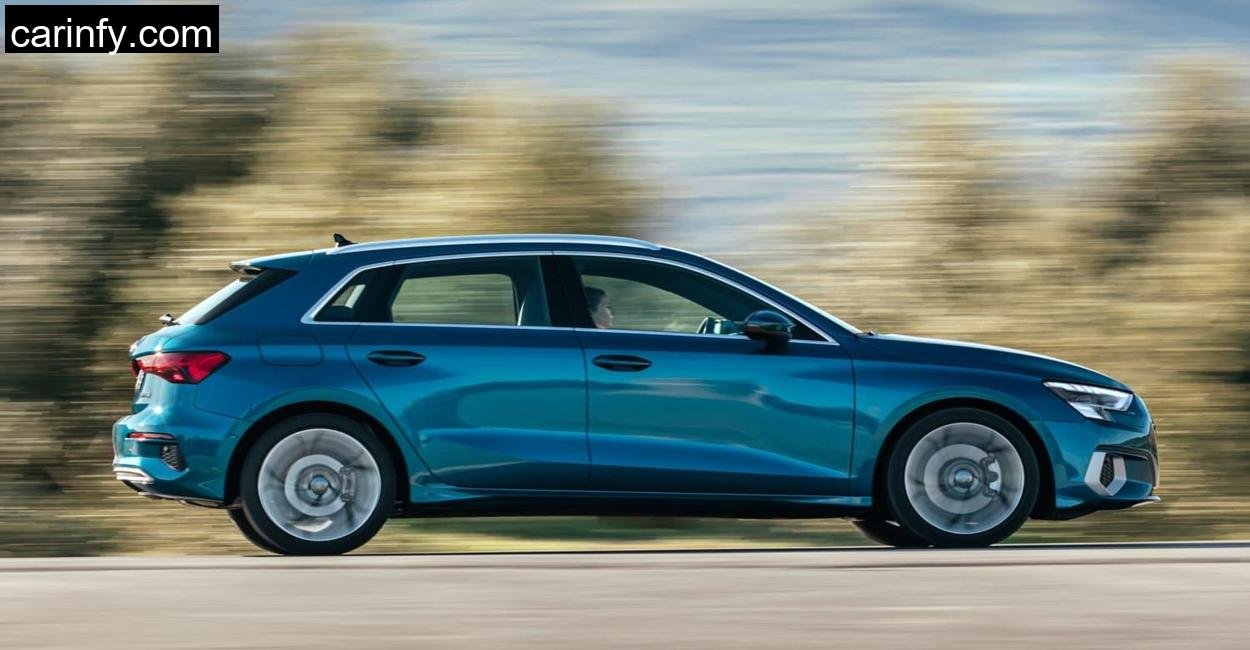There’s something poetic about driving a modern hybrid SUV through the winding mountain roads of La Tournette, France. Nestled in the Haute-Savoie region, this scenic peak offers a mix of elevation, tight bends, and panoramic views that make it an ideal testbed for any vehicle claiming to balance performance with efficiency. And that’s exactly what Honda promises with the sixth-generation CR-V.
The CR-V has long been Honda’s flagship SUV, especially in markets like the U.S. and China. In its latest iteration, Honda has doubled down on hybrid technology, offering both a full hybrid and a plug-in hybrid version. As someone who regularly tests cars in real-world conditions, I was curious: Can the CR-V live up to its claims of quiet comfort, electric efficiency, and practical utility in a place as dynamic as La Tournette?
The Drivetrain: A Unique Hybrid Setup

Before we hit the mountain roads, let’s talk about what powers this beast. Unlike most hybrids that rely primarily on the combustion engine with electric assist, the CR-V flips the script. The electric motor leads the charge here, delivering 135 kW (184 horsepower), while the 2.0-liter Atkinson-cycle petrol engine provides up to 107 kW (146 horsepower) and serves primarily as an energy source for the motor.
That means the CR-V is often driving electrically, especially in urban environments or low-speed scenarios. Honda’s take on hybridization is bold, and it changes the driving experience substantially.
Technical Specification:
All information provided here is based on the Honda’s official specifications.
| Specification | Full Hybrid AWD | Plug-in Hybrid 2WD |
|---|---|---|
| Engine Type | Full Hybrid | Plug-in Hybrid |
| Displacement | 1,993 cc | 1,993 cc |
| System Power | 184 HP / 135 kW | 184 HP / 135 kW |
| Torque | 335 Nm | 335 Nm |
| Acceleration (0-100 km/h) | 9.5 sec | 9.4 sec |
| Top Speed | 187 km/h | 195 km/h |
| Electric Range (WLTP) | – | 82 km |
| Combined Fuel Consumption (WLTP) | 6.7 l/100km | 0.8 l/100km |
| CO2 Emissions | 152 g/km | 18 g/km |
| Battery Capacity | 1 kWh | 17.7 kWh |
| Charging Time (AC) | – | 2.5 hours |
| Trunk Volume | 579 L | 617 L |
Real-World Driving: Hybrid 4WD on Mountain Roads

I started with the full hybrid AWD version. The first few kilometers through the lower forested sections of La Tournette were done in near silence. The electric motor handled the gentle inclines with ease, and the regenerative braking system did a fantastic job of recovering energy during descents. It was smooth, quiet, and frankly, a joy to drive.
But as the elevation increased and the road demanded more grunt, the petrol engine kicked in, sometimes a bit too audibly. The transition from electric to hybrid mode isn’t always seamless; at times, the engine roared quite aggressively, especially when I pushed the throttle on steep climbs. The CVT transmission, while efficient, adds to the noise when under load.
Despite the occasional noise, the CR-V felt stable and composed. The all-wheel drive system engaged confidently, and even on gravelly switchbacks, traction was never an issue. The ADAC evasive maneuver test results made sense now, it’s a big SUV, but it handles its weight well.
Fuel consumption averaged around 7.4 liters per 100 km during the climb-heavy route, which is acceptable for a vehicle of this size but not groundbreaking. However, in flatter, urban environments, I later saw figures closer to 5.4 l/100 km.
Plug-in Hybrid Performance: A Different Beast
The next day, I took the plug-in hybrid version up the same route. With a fully charged 17.7 kWh battery, the first 60 kilometers were entirely electric. The climb was quieter, smoother, and more refined. No abrupt engine noises, no sudden transitions, just pure electric torque.
This model is front-wheel drive, so while it lacked the AWD’s confidence on gravel, I never felt unsafe. The handling remained composed, and the regenerative braking was even more noticeable here, helping to stretch the electric range. I clocked 68 km of pure EV driving before the engine finally engaged.
Once the battery was depleted, the CR-V reverted to its hybrid mode, and performance aligned more closely with the full hybrid model. However, even with a flat battery, it managed better fuel economy, about 6.6 l/100 km, and just 4.0 l/100 km in urban conditions.
For those with regular access to charging stations, this version is a no-brainer. You get the best of both worlds: electric serenity and hybrid practicality. The downside? It costs significantly more than the standard hybrid.
Comfort and Interior: A Premium Feel

Inside, the CR-V feels more upscale than its predecessor. The leather seats are standard, and the dashboard design is clean, with horizontal air vents that mimic the front grille, a nice touch. The 9-inch touchscreen isn’t flashy, but it’s functional. Apple CarPlay works wirelessly, and there’s a wireless charging pad right below it.
The only caveat is Honda’s quirky gear selector. It took me a while to get used to pressing and sliding buttons instead of a traditional gear lever. But once you adapt, it feels quite intuitive.
Visibility is excellent, and the driver’s seat offers a commanding view of the road. The cabin is quiet at highway speeds, just 68 dB(A) at 130 km/h, according to ADAC measurements.
Space and Practicality: Built for Families

One of the CR-V’s strongest suits is its space. Rear legroom is phenomenal, easily accommodating tall passengers. The trunk holds 579 liters in the hybrid and 617 liters in the plug-in version. Fold the seats, and you’re looking at over 1,700 liters of cargo space, enough for bikes, camping gear, or even a small sofa.
At 4.7 meters long, the CR-V is on the larger side for a compact SUV, but it’s well-proportioned. The loading sill is only 70 cm high, making it easier to haul heavy items in and out.
Safety and Tech: Sensing 360 in Action
Both models come standard with Honda’s Sensing 360 suite, offering a 100-degree front camera, blind-spot monitoring, rear cross-traffic alert, and adaptive cruise control. When turning, cameras activate automatically to show blind spots, which was incredibly handy on the narrow roads of La Tournette.
One annoyance, however, was the speed sign recognition system. It’s overzealous and often beeps unnecessarily. You can only disable the warning tone by turning off the whole system, which feels like throwing the baby out with the bathwater.
Conclusion: Is the Honda CR-V Hybrid Worth It?
After two days and over 200 kilometers of mixed driving, here’s my take: The Honda CR-V, in both hybrid and plug-in hybrid forms, is a competent, comfortable, and spacious SUV. The plug-in hybrid clearly offers the better overall package, quieter, more efficient, and more refined. But it also comes at a steep price.
The full hybrid is no slouch either, and if you do a lot of city driving or short commutes, it still makes a compelling case. Just don’t expect Toyota Prius-level fuel economy.
In France’s La Tournette region, with its elevation changes and twisty roads, the CR-V proved itself as more than just a commuter hybrid. It’s a legitimate family SUV that can handle long trips and spirited drives alike.
What’s the difference between the full hybrid and plug-in hybrid Honda CR-V?
The full hybrid uses a small battery and relies on regenerative braking, while the plug-in hybrid has a larger 17.7 kWh battery that allows for up to 82 km of electric-only driving.
Which version of the Honda CR-V is best suited for long-distance trips?
Both handle long trips well, but the plug-in hybrid is quieter and more refined if the battery is charged. For highway-heavy driving, the full hybrid is a solid choice too.
Is the Honda CR-V good for families?
Absolutely. It has tons of rear legroom, a large trunk, and lots of safety features.
